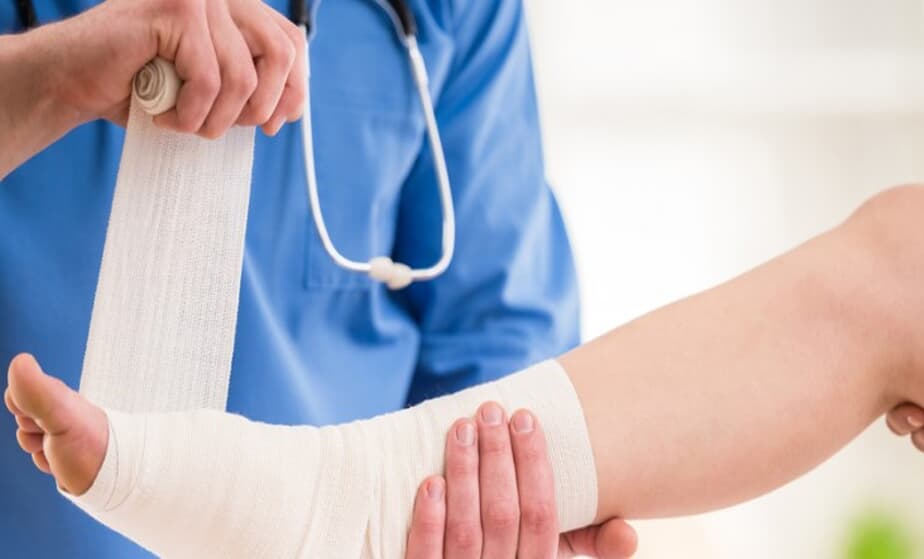Wound Care Centers

A wound care center, or clinic, is a medical facility for treating wounds that do not heal. You may have a non-healing wound if it.
- Has not started to heal in 2 weeks.
- Has not completely healed in 6 weeks.
Causes
1- Common types of non-healing wounds include:
- Pressure sores.
- Surgical wounds.
- Radiation sores.
- Foot ulcers due to diabetes, poor blood flow, or swollen legs.
2- Certain wounds may not heal well due to:
- Diabetes.
- Poor circulation.
- Nerve damage.
- Being inactive or immobile.
- Weak immune system.
- Poor nutrition.
- Excess alcohol use.
- Smoking.
Non-healing wounds may take months to heal. Some wounds never heal completely.
Your Wound Care Team
When you go to a wound clinic, you will work with a team of health care providers trained in wound care. Your team may include:
- Doctors who oversee your care
- Nurses who clean and dress your wound and teach you how to care for it at home
- Physical therapists who help with wound care and work with you to help you stay mobile
Your providers will also keep your primary care physician up to date on your progress and treatment.
What to Expect at a Wound Care Center
Your wound care team will:
- Examine and measure your wound.
- Check the blood flow in the area around the wound.
- Determine why it's not healing.
- Create a treatment plan.
Treatment goals include:
- Healing the wound.
- Preventing the wound from getting worse or becoming infected.
- Preventing limb loss.
- Preventing new wounds from occurring or old wounds from coming back.
- Helping you stay mobile.
In order to treat your wound, your provider will clean out the wound and apply dressing. You also may have other types of treatment to help it heal.
Debridement
Debridement is the process of removing dead skin and tissue. This tissue must be removed to help your wound heal. There are many ways to do this. You may need to have general anesthesia (asleep and pain-free) for debridement of a large wound.
Surgical debridement uses a scalpel, scissors, or other sharp tools. During the procedure, your doctor will:
- Clean the skin around the wound.
- Probe the wound to see how deep it is.
- Cut away the dead tissue.
- Clean the wound
Your wound may seem bigger and deeper after debridement. The area will be red or pink in color and look like fresh meat.
Other ways to remove dead or infected tissue are to:
- Sit or place your limb in a whirlpool bath.
- Use a syringe to wash away dead tissue.
- Apply wet-to-dry dressings to the area. A wet dressing is applied to the wound and allowed to dry. As it dries, it absorbs some of the dead tissue. The dressing is wet again and then gently pulled off along with dead tissue.
- Put special chemicals, called enzymes, on your wound. These dissolve dead tissue from the wound.
After the wound is clean, your doctor will apply a dressing to keep the wound moist and help prevent infection. There are many different types of dressings, including:
- Gels.
- Foams.
- Gauze.
- Films.
Your provider may use one or multiple types of dressings as your wound heals.
Follow-up Care
Your providers will give you instructions on caring for your wound at home in between visits. Depending on your needs, you may also receive help with:
- Healthy eating, so you get the nutrients you need to heal.
- Diabetes care.
- Smoking cessation.
- Pain management.
- Physical therapy.
When to Call Your Doctor
You should call your doctor if you notice signs of infection, such as:
- Redness.
- Swelling.
- Pus or bleeding from the wound.
- Pain that gets worse.
- Fever.
- Chills.